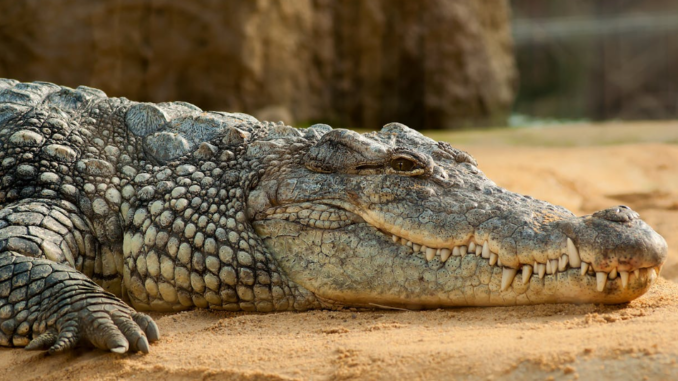
Have you ever been puzzled by animals that seem almost identical? It can be tricky to tell them apart, but fear not!
With a little guidance, you’ll soon become an expert at spotting the differences.
What makes seals different from sea lions?
Are seals and sea lions the same? Well, they both belong to a group called pinnipeds, which also includes walruses. But despite their similarities, they’re actually quite different. One big difference is in their ears and flippers.
Let’s talk about their family tree first. Pinnipeds are split into three families, and sea lions and fur seals belong to one family called Otariidae. True seals belong to another family called Phocidae. The easiest way to tell them apart is by looking at their ears: sea lions and fur seals have external ears that stick out, while true seals don’t have visible ears, just small holes.

Another big difference is in their flippers. Sea lions and fur seals have long flippers, which they can rotate under their bodies to walk on land. Seals, on the other hand, have shorter front flippers and can’t rotate their back flippers, so they have to slide around on their bellies on land. This also affects how they swim: seals move their back flippers side to side like a fish, while sea lions and fur seals use their long front flippers like oars.
Lastly, sea lions and fur seals are chatty creatures, often barking or bellowing to communicate, especially when they’re in groups on land. True seals, on the other hand, are quieter and less social, preferring to spend more time in the water.
Spotting alligators and crocodiles: How to tell them apart
Confused about whether you’re facing an alligator or a crocodile? You’re not alone! These big reptiles might seem similar, with their long snouts, strong tails, and tough backs, but they have some key differences.
Let’s start with the snout shape. Alligators have broad, U-shaped snouts, while crocodiles sport narrow, V-shaped ones. Then there’s the teeth: when an alligator’s mouth is shut, you usually can’t see its lower teeth, but with crocodiles, some lower teeth are visible, especially the big fourth one.

Colors can also give them away. Gray or black likely means it’s an alligator, while olive or tan suggests a crocodile. And where you find them matters too, crocodiles hang out in saltwater spots, while alligators prefer freshwater homes.
Lastly, watch out for their attitudes! Crocodiles tend to be more feisty and aggressive compared to the somewhat calmer alligators.
Have you ever wondered how to tell if that furry friend you see is a dog or a wolf?
They may look similar, but there are some easy ways to tell them apart!
Dogs and wolves have some differences in how they look. Wolves are usually bigger and have longer legs, bigger feet, and larger heads compared to most dogs. Dogs come in lots of shapes and sizes, but they’re generally smaller and have shorter legs and smaller heads than wolves.
The color of their fur can also give you a clue. Wolves often have gray, black, or white fur, while dogs come in many colors, like brown, black, white, or even spotted!
Take a look at their tails. Wolves usually carry their tails straight out or down, while dogs often wag their tails when they’re happy, and they might carry them higher or even curl them up.

Their ears can be different too. Wolves usually have pointy ears that stand up, while dogs can have floppy ears or ears that stand up straight.
Pay attention to how they act. Wolves are usually shy around people and prefer to stay away, but dogs are friendly and like to be around humans.
Listen to their howls or barks. Wolves have deep howls, while dogs have a wide range of barks depending on how they feel.
Remember, even though dogs and wolves might seem similar, they have some key differences that can help you tell them apart. Whether it’s their size, color, tail, ears, behavior, or sounds, paying attention to these clues can help you figure out if you’re looking at a dog or a wolf!
Spotting the difference between bison and buffalo
Mixing up bison and buffalo is a common mistake, but telling them apart is simpler than you might think. These big animals might look similar, but if you pay attention to a few key details, it’s easy to see the difference.
First off, let’s talk about where they call home. Bison, like the ones you might see in North America, roam the plains and grasslands of that continent, as well as parts of Europe. On the other hand, buffalo, such as the water buffalo and Cape buffalo, hang out in South Asia and Africa, respectively.
Next, take a look at their backs. Bison have a noticeable hump at their shoulders, which helps them plow through snow in the winter. Buffaloes don’t have this hump.

Then there are the horns. Buffaloes usually have big, curved horns that can grow over 6 feet long! But bison have shorter, sharper horns in comparison.
And here’s a fun fact: bison are the ones with the beards! They sport thick facial hair, while buffaloes are typically beardless.
So, next time you spot one of these magnificent creatures, just remember the three H’s: home, hump, and horns, and you’ll know whether it’s a bison or a buffalo.
Leave a Reply